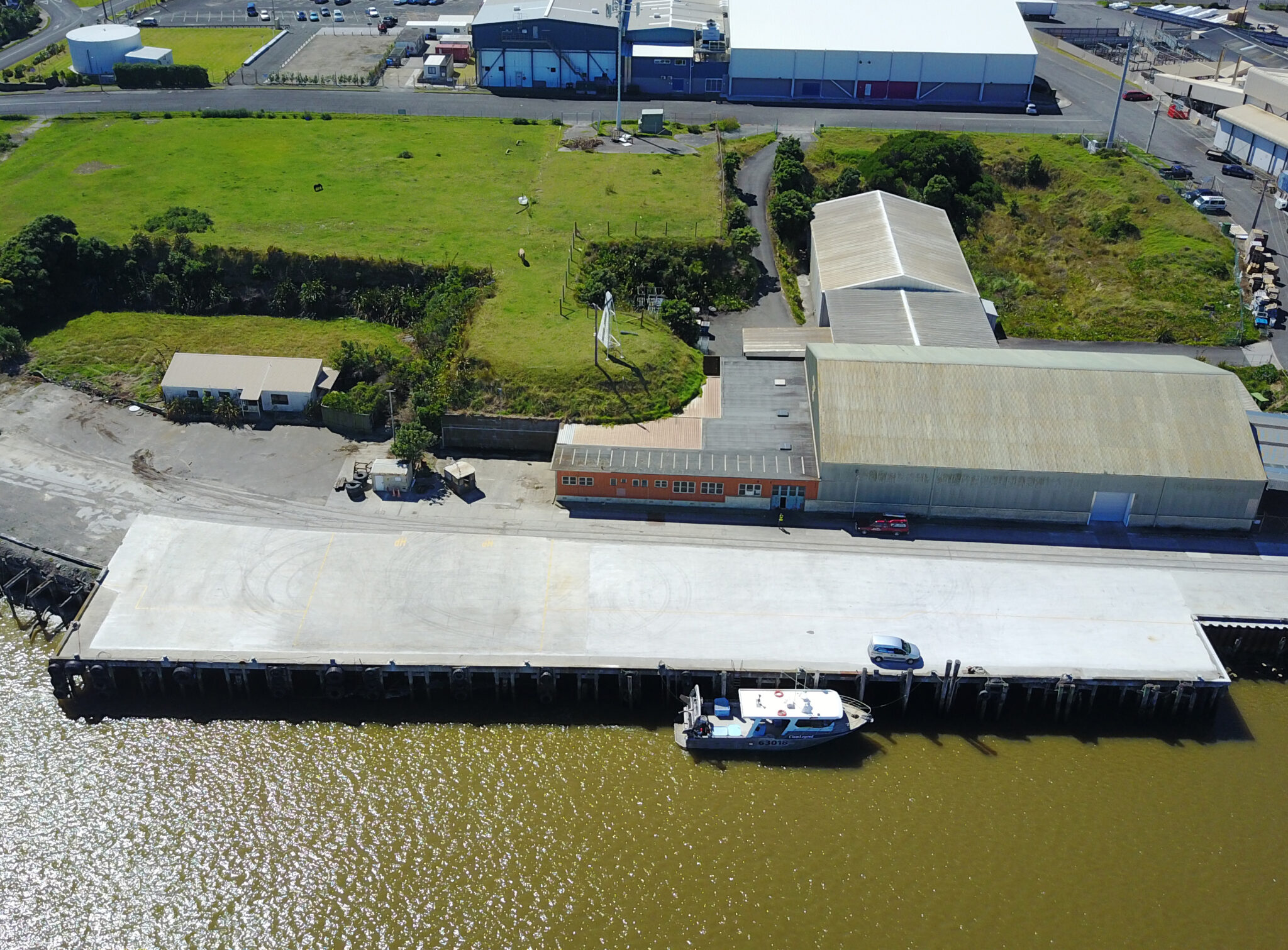Whanganui Port redevelopment saw New Zealand’s Regional Development and Emergency Management Minister Kieran McAnulty initiate the construction of Te Pūwaha Stage One Port civil works. Commencing the $62.85 million project during his visit to Whanganui on Wednesday.
Also Read: KIPT Gets Ready for Kangaroo Island Seaport Development in South Australia
Whanganui Port Redevelopment: A Harbor’s Rebirth and Economic Surge
The Whanganui Port redevelopment project is a monumental step towards establishing a modern marine precinct. This will not only accommodate Q-West Boat Builder’s impressive 380-tonne capacity mobile boat hoist but will also support significant growth potential for boat building and repairs, leading to a surge in employment opportunities.
One of the primary goals of Whanganui Port redevelopment is to bolster local businesses and address freight demands. Whanganui Port aims to fortify its position at the river’s mouth and lower reaches, enhancing waterway integrity.
In the realm of emergency management, a resilient port is paramount. Minister McAnulty emphasized that this redevelopment ensures protection from erosion, and sea encroachment, and provides resilience against future sea-level rise. Whanganui Port will play a critical role in the initial response during emergencies and also in the recovery phase.
The government’s substantial investment of $31.8 million through the Provincial Growth Fund and Kānoa Regional Economic Development & Investment Unit underscores the significance of this endeavour. McAnulty attributes this growth to the collaborative Te Pūwaha model, which aims to align skills and training with the region’s expansion.
With its completion expected in 2024, this initiative is a testament to the power of collaboration. Te Pūwaha Governance Group chairperson, Kahureremoa Aki, praised the model for its innovative approach. He emphasized the collaborative effort that has transcended traditional boundaries between councils, hapū, and other stakeholders.
In Mayor Andrew Tripe’s view, the new port will serve as a gateway connecting Whanganui to the world. Moreover, it promises a brighter economic future, generating jobs and bolstering the region’s global standing in maritime trade.
The Whanganui Port Redevelopment project is not merely about bricks and mortar. It’s about revitalizing a region, fortifying its economic foundations, and ensuring it stands resilient in the face of future challenges.

